How To Lose Weight On A Low Carb Diet
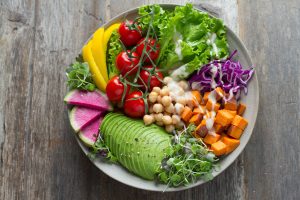 Each person has different needs and our programs at LIV Fitness reflect that. We offer nutritional counseling for people who want to lose weight with a wide variety of approaches. A low carb diet is one of those ways. Knowing the healthiest types of carbs to eat is key to healthy weight loss. Whole food should be part of every type of diet. The first step to a healthy low carb diet is eliminating highly processed food that has added sugar.
Each person has different needs and our programs at LIV Fitness reflect that. We offer nutritional counseling for people who want to lose weight with a wide variety of approaches. A low carb diet is one of those ways. Knowing the healthiest types of carbs to eat is key to healthy weight loss. Whole food should be part of every type of diet. The first step to a healthy low carb diet is eliminating highly processed food that has added sugar.
Besides weight loss, the health benefits of a low carb diet make it popular.
A low carbohydrate diet can help regulate cholesterol levels. It can lower the “bad” LDL cholesterol levels and increase the “good” HDL levels. It also improves triglyceride levels. Stabilizing blood sugar levels is another benefit of a low carb diet. Stabilizing blood sugar also reduces high insulin levels, which can cause abdominal fat and insulin resistance. The increased protein and healthy fat in a low carb diet can help you feel fuller longer, so you won’t eat as much. Protein can also aid in boosting your metabolism.
Low carb diets don’t cut out all carbs but change the percentages of macronutrients.
Carbs are a macronutrient, just as proteins and fats are. A low carb diet simply reduces the amount of calories that come from carbs and increases the number of calories from protein. Traditional low carb diets are structured so 30 % of calories come from protein, 40 % from carbohydrates, and 30 % from fats. The average American diet contains 50 % of calories from carbohydrates, 15 % from protein, and 35% from fat—mostly unhealthy fat. The concept is that reducing carbs forces the body to break down fat to use for energy, rather than depending on glucose.
The key to success and a healthy low carb diet is the type of carb you consume.
You won’t get sick by cutting out pasta, white bread, and candy bars, but it can affect your health if you cut out fruit and vegetables. The real killer is food with added sugar that spikes blood sugar, since fruit and vegetables that are high in sugar are also high in fiber, which slows the absorption of sugar and prevents spiking. Giving up the added sugar is the biggest struggle you’ll face on the low carb diet, since sugar is addictive. By following a healthy diet loaded with nutrients, not only will you lose weight, but you’ll also gain energy.
- Not everyone should be on a low carb diet. Low carb diets were first used in the 20s to help prevent seizures. It can help some people but isn’t the best for everyone. Always check with your health care professional first before starting any special diet.
- Just because you can eat platefuls of bacon, it doesn’t mean you should. Some food on a low carb diet can affect your health if consumed in large amounts. Be sensible. When choosing animal products, choose those from pastured animals that are higher in omega-3 and CLA.
- Vegetables may have carbs, but they’re complex carbs, some of which are fiber that can’t be digested. They take longer to digest, so they don’t spike blood sugar levels.
- The basic concept of a healthy low carb diet is to change eating habits to ones that include food that’s beneficial to the body.
For more information, contact us today at LIV Fitness

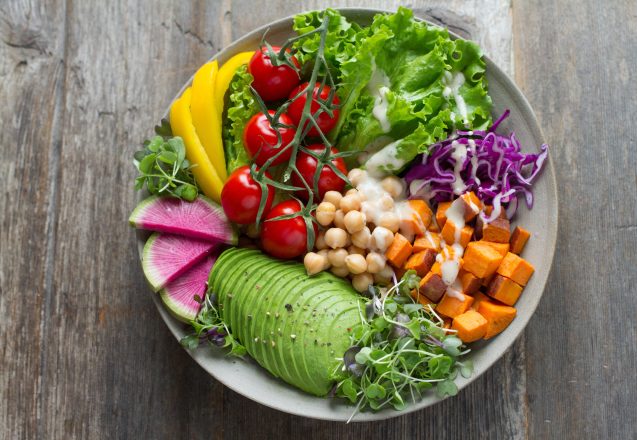
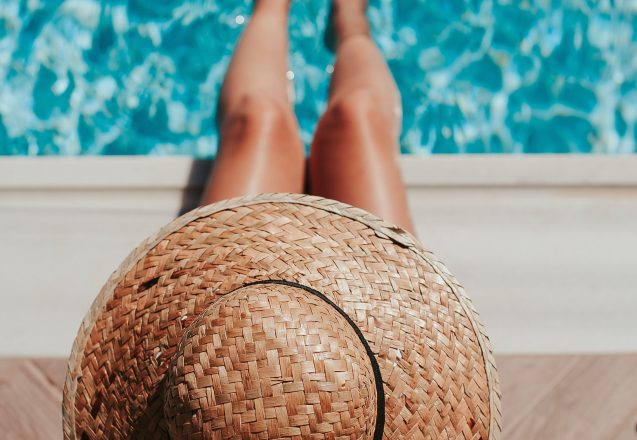
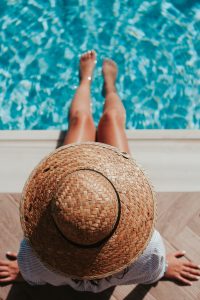 If you’re leaving on vacation next week, even if you lose weight quickly, it will only be a few pounds and will return quickly, most probably while you’re on your vacation. If you have more time, like a month or two, there are several things you can do to not only look better, but also feel better and more energetic. Even if your deadline is two weeks, you can make some positive changes, but if you’re expecting to drop 20 pounds or fit into clothing that is two sizes smaller, you’ll be disappointed.
If you’re leaving on vacation next week, even if you lose weight quickly, it will only be a few pounds and will return quickly, most probably while you’re on your vacation. If you have more time, like a month or two, there are several things you can do to not only look better, but also feel better and more energetic. Even if your deadline is two weeks, you can make some positive changes, but if you’re expecting to drop 20 pounds or fit into clothing that is two sizes smaller, you’ll be disappointed.
 If you’re so self-conscious about your thighs that you won’t wear shorts and definitely avoid corduroy, it’s time to do some quick exercises for inner thighs. The muscles in the inner thighs are adductors and are forgotten by many people who workout on their own. They help keep your core and legs stable. You’ll look fabulous in jeans, shorts, and swimwear when you tone these muscles. Most exercises that work the adductors also work other muscles in the legs.
If you’re so self-conscious about your thighs that you won’t wear shorts and definitely avoid corduroy, it’s time to do some quick exercises for inner thighs. The muscles in the inner thighs are adductors and are forgotten by many people who workout on their own. They help keep your core and legs stable. You’ll look fabulous in jeans, shorts, and swimwear when you tone these muscles. Most exercises that work the adductors also work other muscles in the legs.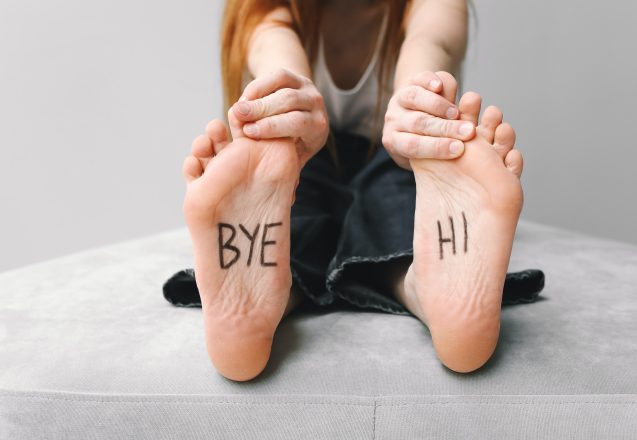
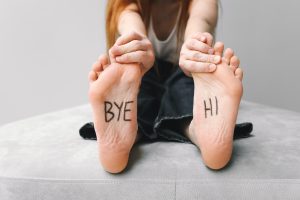 Throughout the years, our personal trainers at LIV Fitness in Dublin, CA, have worked with people with issues that impeded their mobility. They created a personalized workout with modifications to address those issues. Problems often faced are issues with feet and ankles. You don’t have to give up working out, so don’t use it as an excuse not to exercise if that’s your problem. There is a way to exercise with bad feet and have a thorough workout.
Throughout the years, our personal trainers at LIV Fitness in Dublin, CA, have worked with people with issues that impeded their mobility. They created a personalized workout with modifications to address those issues. Problems often faced are issues with feet and ankles. You don’t have to give up working out, so don’t use it as an excuse not to exercise if that’s your problem. There is a way to exercise with bad feet and have a thorough workout.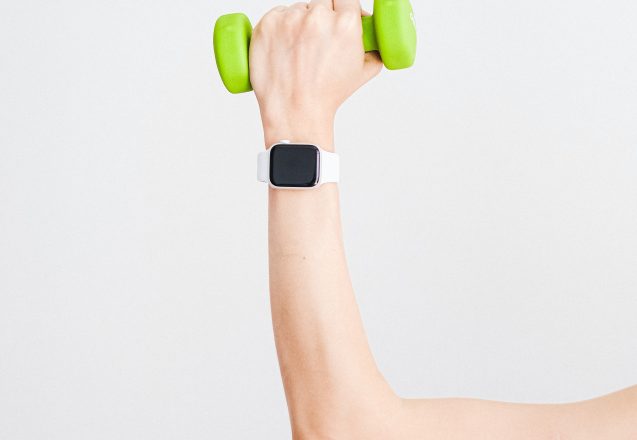
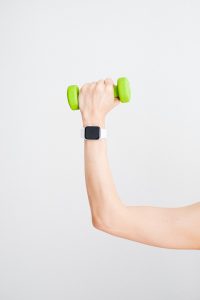 Having toned arms is important regardless of gender. You may be able to cover your arms in the winter in Dublin, CA, but spring is coming and so are sleeveless shirts. It’s time to focus on workouts for toned arms so you look your best whether you’re wearing a tee-shirt or beachwear. The best way to get results faster is to do compound exercises, ones that work several arm muscles at once. You can use exercises that require equipment, such as weights or focus on bodyweight workouts.
Having toned arms is important regardless of gender. You may be able to cover your arms in the winter in Dublin, CA, but spring is coming and so are sleeveless shirts. It’s time to focus on workouts for toned arms so you look your best whether you’re wearing a tee-shirt or beachwear. The best way to get results faster is to do compound exercises, ones that work several arm muscles at once. You can use exercises that require equipment, such as weights or focus on bodyweight workouts.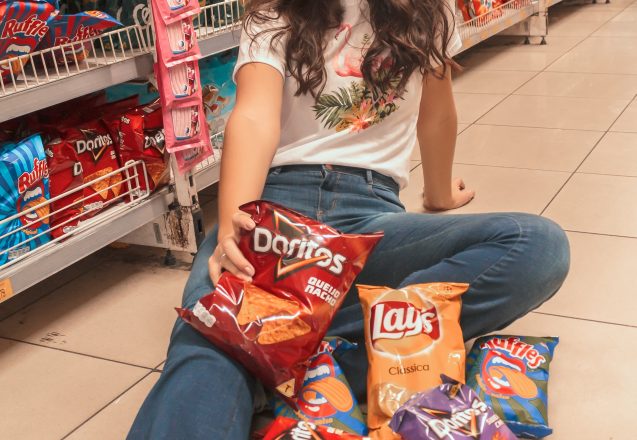
 A healthy diet is one of the most important factors in remaining fit. It can prevent obesity and eliminate unwanted additives from the food that affect health. The foods that contain those additives are highly processed foods. Almost all types of foods are processed, even healthy ones, since processing can be as simple as washing fruits and vegetables. However, the unhealthy food normally considered is Frankenstein food that bears little resemblance to what it started as originally.
A healthy diet is one of the most important factors in remaining fit. It can prevent obesity and eliminate unwanted additives from the food that affect health. The foods that contain those additives are highly processed foods. Almost all types of foods are processed, even healthy ones, since processing can be as simple as washing fruits and vegetables. However, the unhealthy food normally considered is Frankenstein food that bears little resemblance to what it started as originally.
 What is the Paleo diet? Paleo stands for Paleolithic, the era of time before man farmed, when hunter/gatherers were the prominent members of the human race. You may also hear it called the caveman diet. There’s a lot of controversy surrounding it. Anthropologists disagree with many of the basic conclusions of the diet and nutritionists debate whether it’s the best for weight loss or long term health. It does not include many foods that are considered healthy options for daily consumption.
What is the Paleo diet? Paleo stands for Paleolithic, the era of time before man farmed, when hunter/gatherers were the prominent members of the human race. You may also hear it called the caveman diet. There’s a lot of controversy surrounding it. Anthropologists disagree with many of the basic conclusions of the diet and nutritionists debate whether it’s the best for weight loss or long term health. It does not include many foods that are considered healthy options for daily consumption.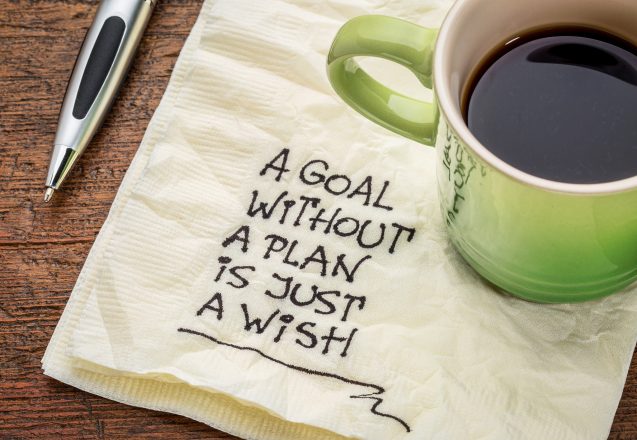
 Most people understand that exercise helps you become fitter and is important to reach your goals for weight loss, but it can help you reach other goals, too. First, let’s look at how it helps you attain weight loss goals. To lose one pound, you have to burn 3500 more calories than you consume. Exercise burns additional calories. It also builds more muscle tissue. Muscle tissue burns more calories than fat tissue does, so the more muscle tissue you have, the more calories you’ll burn 24/7.
Most people understand that exercise helps you become fitter and is important to reach your goals for weight loss, but it can help you reach other goals, too. First, let’s look at how it helps you attain weight loss goals. To lose one pound, you have to burn 3500 more calories than you consume. Exercise burns additional calories. It also builds more muscle tissue. Muscle tissue burns more calories than fat tissue does, so the more muscle tissue you have, the more calories you’ll burn 24/7.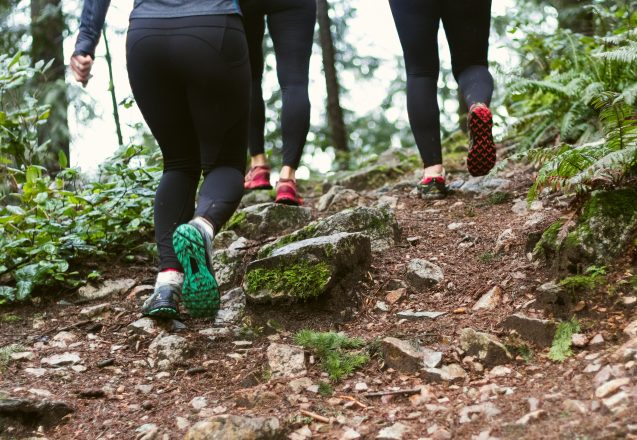
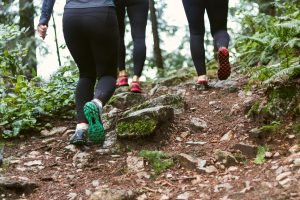 LIV Fitness in Dublin, CA, provides the best environment for people who want to get fit. Exercise is good for your health, so a program of regular exercise is important. Why is it important and just what does it do for the body? One of the first things it can do for you is help maintain a healthy weight. Obesity is now the leading cause of preventable deaths. It does that by turning stored energy, in the form of fat, into energy to move your muscles.
LIV Fitness in Dublin, CA, provides the best environment for people who want to get fit. Exercise is good for your health, so a program of regular exercise is important. Why is it important and just what does it do for the body? One of the first things it can do for you is help maintain a healthy weight. Obesity is now the leading cause of preventable deaths. It does that by turning stored energy, in the form of fat, into energy to move your muscles.
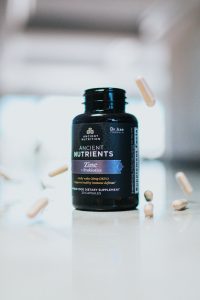 At LIV Fitness in Dublin, CA, a lot of interest in diet and the effects on the immune system developed during covid-19. Individual supplements or consuming foods high in certain nutrients like zinc and vitamin D were often the center of those investigations. Studies show that having adequate zinc in your diet can help boost your immune system and that a deficiency in zinc can make you more susceptible to illness. No matter what the nutrient is, there’s a negative effect if you’re deficient. On the other hand, taking too much can also create a problem. How do you balance it? You eat healthily. While you can take too many supplements, it’s hard to overdose on a healthy diet.
At LIV Fitness in Dublin, CA, a lot of interest in diet and the effects on the immune system developed during covid-19. Individual supplements or consuming foods high in certain nutrients like zinc and vitamin D were often the center of those investigations. Studies show that having adequate zinc in your diet can help boost your immune system and that a deficiency in zinc can make you more susceptible to illness. No matter what the nutrient is, there’s a negative effect if you’re deficient. On the other hand, taking too much can also create a problem. How do you balance it? You eat healthily. While you can take too many supplements, it’s hard to overdose on a healthy diet.